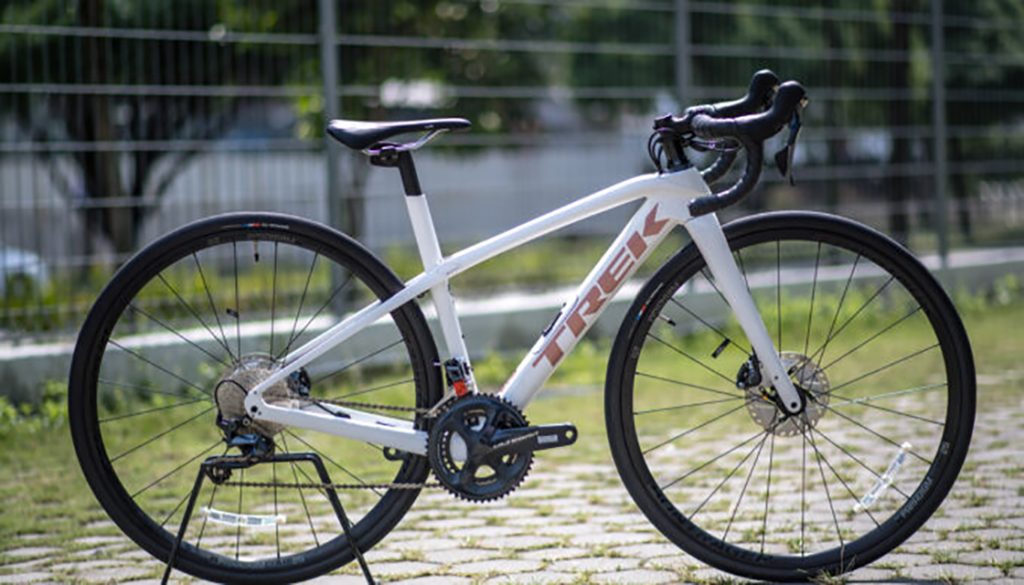Recently, gravel bike seems to be a relatively new cycling trend, and it is surging in popularity as riders seek new challenges away from the road and mountain bike.
As simple as it sounds, a gravel bike is more durable than a road bike and much faster than a mountain bike. If you want to conquer the road, and also the off road, ride a gravel bike. It is a bike that easily takes you from tarmac road, rocky road, to other trails not travelled.
Gravel bicycles present an interesting option for the riders who want to travel on and off road. If you want long days tackling both paved road and off road, a gravel bike is for you.
At first glance, a gravel bike looks just like a road bike. A road bike is built with the purpose of going fast, whereas a gravel bike is built with more comfort. Four things that distinguish a gravel bike from a road bike:

Geometry
One of the most significant features in a gravel bike is its frame geometry, which in general, is more stable, relaxed and comfortable. A taller and longer head tube combines with a shallower and slicker head angle to put you more upright while riding.
An upright riding position has multiple benefits – it’s less aggressive so therefore reduces fatigue on the back and shoulders, improves visibility and creates a more stable platform to ride from.
A gravel bike allows you to ride on a variety of terrains such as mud, sand, and rocks over longer distances. Unlike a road bike which is designed to be more aerodynamic, a gravel bike is meant to be more versatile, stable, resilient, and less aggressive on loose surfaces.

Larger tyres
To have more stability on the road and unpredictable terrains, a gravel bike is designed with longer wheelbases and larger tyres. Many will accommodate tyres in excess of 30mm, and often up to 40mm or 55mm, to improve comfort, better grip, and stiffness.
On any long-distance trips that involve rough and bumpy roads, it is important to have greater tyre clearance, which provides better modulation and performance in all weather conditions.
Gravel tyres usually increase comfort and traction, because you can user wider tyres at lower pressure to give yourself some optimal cushioning.

Disc brakes
With disc brakes, you can have great braking performance in all conditions, including wet weather and muddy terrains. Hydraulic disc brakes in a gravel bike offer optimal braking power and excellent modulation and handling of the brakes.
When riding off-road, hydraulic disc brakes give you more confidence and efficiency.

Handlebars
Many gravel bikes will come with standard drop road handlebars, however, some gravel riders will swap these for wider flared drop bars that offer more control and technical descents and a greater variety of hand positions for long rides.
Wider flared drop bars also provide a more natural position for hands, building less fatigue, adding more stability and leverage while climbing and descending in the woods.
The versatility and flexibility of a gravel bike certainly makes it a great option for multiple cycling pursuits.
From easy road rides, adventurous off-road rides, to light touring escapades, a gravel bike is eventually picking up the new cycling trend, and making impossible travels possible.




